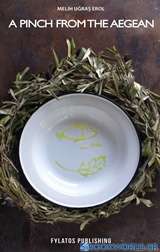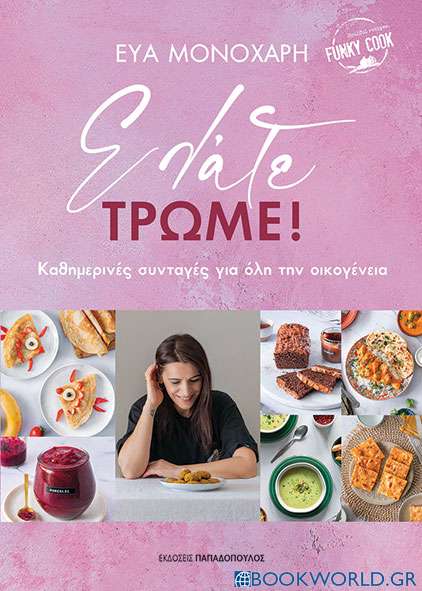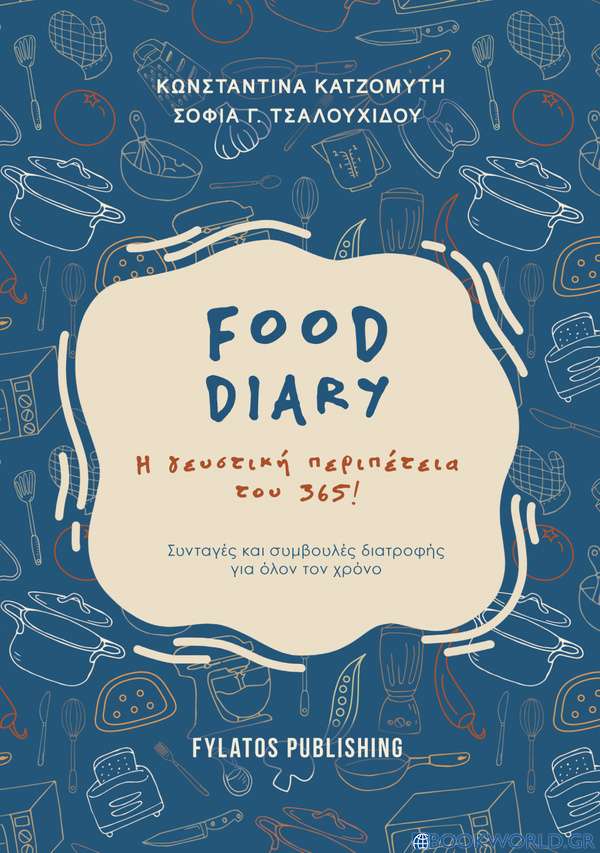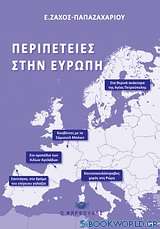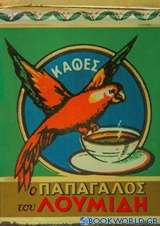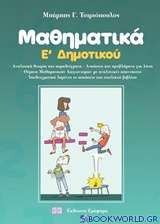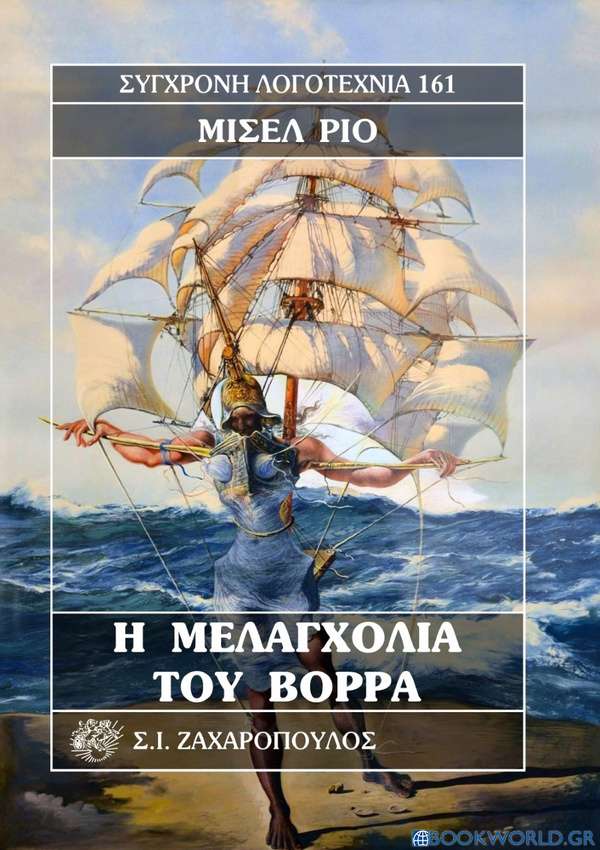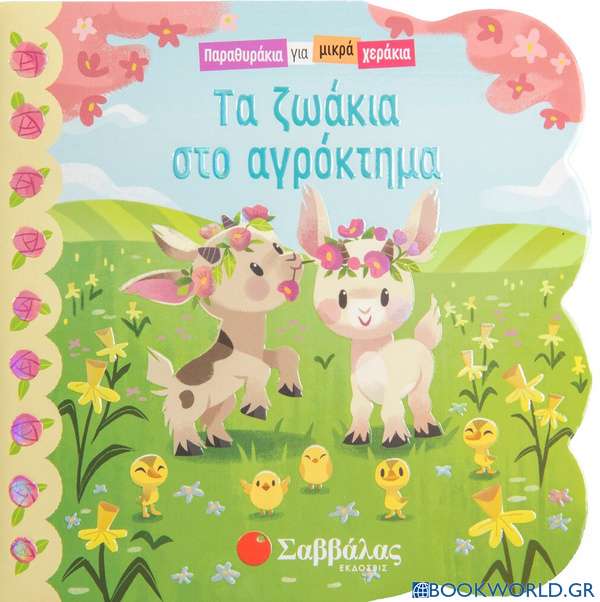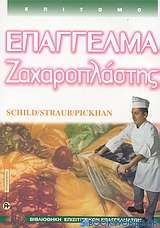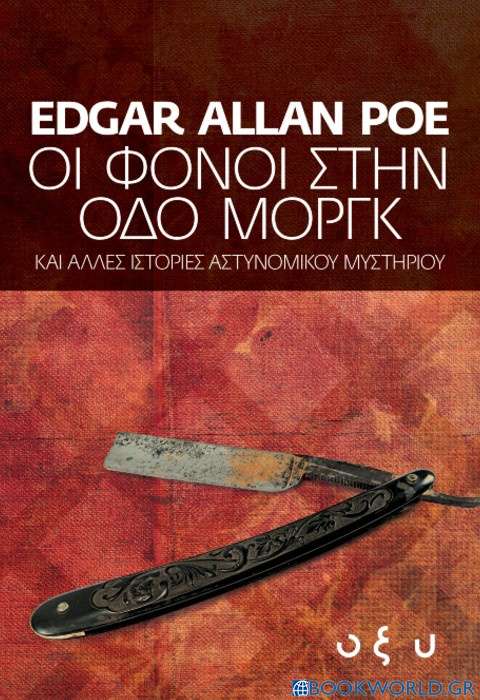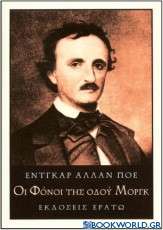A pinch from the Aegean
In Aegean, cultures and cuisines are not stratified; they shall indeed identified together. Of course, it is impossible to mention the numerous methods and recipes in this few pages, however, in this book we inspired from couple of recipes and ingredients that you can hear if you visit neighbourhoods of Aegean. In fact, Aegean has coasts, actually not opposite but coasts that live shoulder to shoulder. Aegean hosted lots of civilisations that had lived over its lands. The closest friend of Aegean region is undoubtedly Greece and Turkey. The closeness of their cuisines is like lifetime friendship.This friendship even can be witnessed in names of foods. For instance, eggplant called "patlican" in Turkish becomes "melitzana" in Greek; while in Turkish parsley is "maydanoz" Greeks call it "maintanos" and so on. All these examples are just some pieces of evidence that shows how close are cuisines in Aegean. In fact, the similarity between the recipes is close and sometimes only the differences are on the used spices or kind of meat. Irreplaceable things underlie all of our shared values in Aegean.
I inspired all of my recipes from the Aegean cuisine. Since I do not believe that any flavor occurs by itself, I do not also think that these recipes solely belong to me. You will see that these flavors benefit from the inheritance of the people living in Aegean land, who put various ingredients together to make delicious foods for centuries. Consequently, by feeling that these flavors and ingredients are in my genetic codes and the self-confidence of being from the Aegean region encouraged me to get into the kitchen.
| Τίτλος βιβλίου: | A pinch from the Aegean |
|---|
| Εκδότης: | Εκδόσεις Φυλάτος |
|---|
| Συντελεστές βιβλίου: | Erol, Melih Uğraş (Συγγραφέας)
|
|---|
| ISBN: | 9786185232719 | Εξώφυλλο βιβλίου: | Μαλακό |
|---|
| Στοιχεία έκδοσης: | Μάιος 2017 | Διαστάσεις: | 23x20 |
|---|
| Κατηγορίες: | Μαγειρική
Υγεία - Διατροφή > Διατροφή, Διαιτητική |
|---|

Πορφύριος Καυσοκαλυβίτης, Γέροντας
Ο αείμνηστος πατήρ Πορφύριος γεννήθηκε το 1906 στον Άγιο Ιωάννη Καρυστίας Ευβοίας και δώδεκα περίπου χρονών πήγε στο Άγιο Όρος, όπου ασκήτεψε γύρω στα επτά χρόνια. Τότε αρρώστησε βαρειά και οι γεροντάδες του τον στείλανε σε μοναστήρι στον κόσμο. Εκεί τον γνώρισε ο τότε Αρχιεπίσκοπος Σινά Πορφύριος ο Γ’, ο οποίος αφού διαπίστωσε την αρετή του και τα θεία χαρίσματα, που από τόσο νωρίς του είχε δώσει ο Θεός, τον χειροτόνησε ιερέα σε ηλικία είκοσι ετών. Ως ιερέας ο πατήρ Πορφύριος έμεινε μέχρι το 1940 σε μοναστήρια της Εύβοιας. Το 1940 διορίστηκε εφημέριος στην εκκλησία του Αγίου Γερασίμου στην Πολυκλινική Αθηνών, δίπλα στην Ομόνοια (οδός Σωκράτους και Πειραιώς), όπου υπηρέτησε 33 χρόνια. Μετά τη συνταξιοδότηση του λειτουργούσε και εξομολογούσε στο αρχαίο ερημικό εκκλησάκι του Αγίου Νικολάου Καλλισίων Πεντέλης μέχρι το 1978, οπότε έπαθε έμφραγμα. Αρκετούς μήνες μετά το έμφραγμα έμεινε σε φιλικά σπίτια στην Αθήνα και το 1979 εγκαταστάθηκε στο Μήλεσι, όπου έκτισε το μεγάλο μετόχι του Ησυχαστηρίου η Μεταμόρφωσις του Σωτήρος. Προς τις αρχές του καλοκαιριού του 1991 έφυγε για το Άγιο Όρος, όπου διατηρούσε κελλί από το 1984. Στις 2 Δεκεμβρίου εκοιμήθη εν Κυρίω στο κελλί του στα Καυσοκαλύβια του Αγίου Όρους, όπου και ετάφη την επομένη απλά και αθόρυβα, όπως επιθυμούσε.
